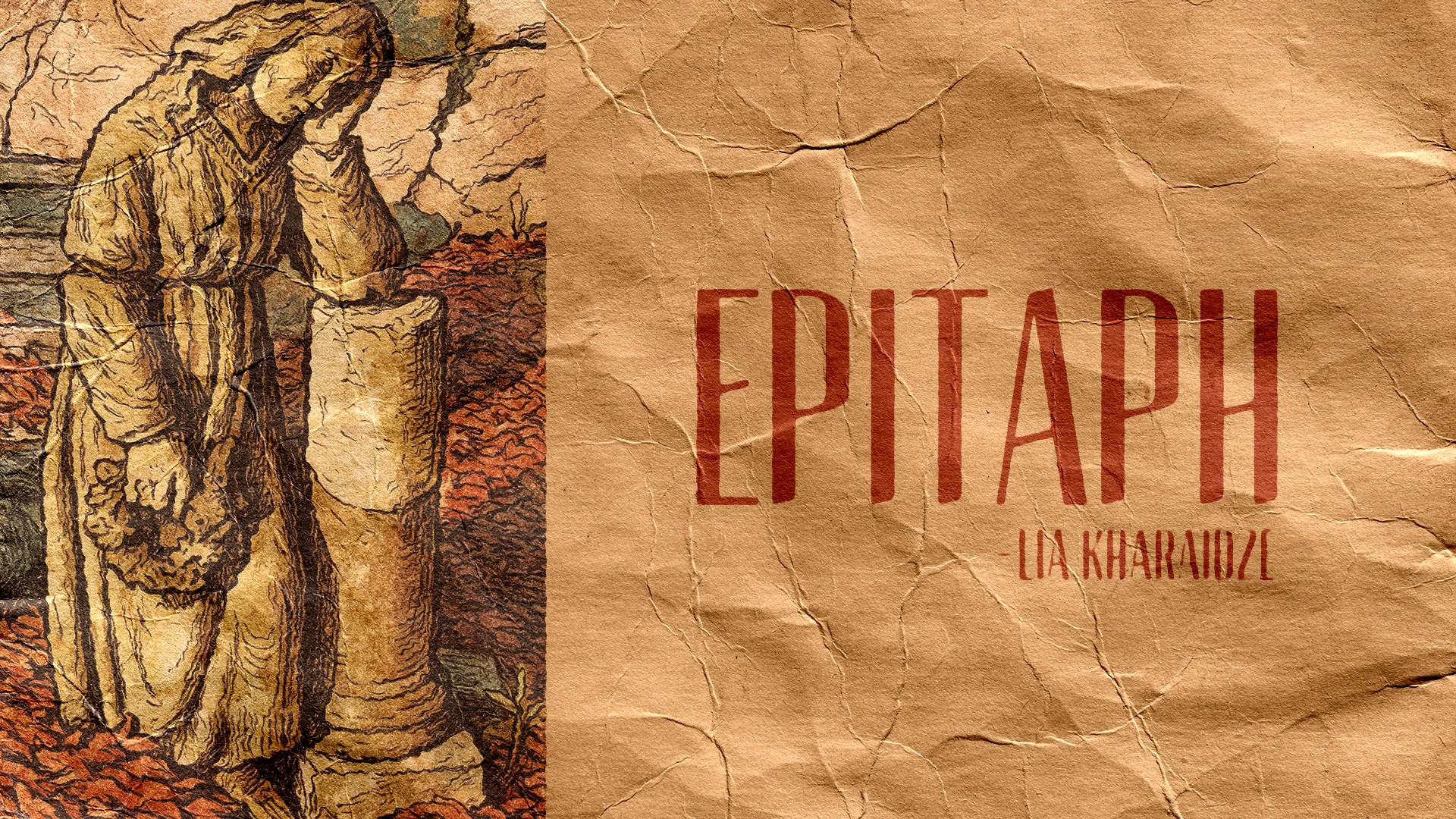Author: Lia kharaidze
The saddest, most mysterious, and strangely fascinating place — a cemetery — often stirs many thoughts and memories, creating an atmosphere ripe for philosophical reflection.
For centuries, people have expressed the grief of losing a loved one in different ways. One of the most lasting expressions is the creation of a grave — an “eternal resting place.” Memorial monuments have changed over time, reflecting different historical periods and cultural styles. Tombstones can tell us a lot — not only for professional researchers but also for amateurs or simply curious visitors. Many scholars focus on epitaphs as valuable written sources, while the artistic side of gravestones and monuments is less often studied. This article does not aim to be a scholarly work, but rather a brief overview of distinctive types of memorial monuments typical in Imereti, particularly from the 18th and 19th centuries.
Memorial monuments in Georgia are known for their variety. Both temples and graves in Georgia often feature bas-reliefs, but round statues are not common in traditional Georgian culture. These types of monuments came later, influenced by European traditions, especially after Georgia’s union with Russia.
The most widespread type of grave in Georgia is a simple stone boulder. However, from the 18th century onward, tomb baldachins began to appear. One notable example is the baldachin of King Alexander III of Imereti and Queen Darejan, located in the narthex of the Church of the Mother of God in Gelati. This monument was made during their lifetimes, commissioned by the royal couple themselves. Another fascinating baldachin from the 19th century belongs to an unknown man and stands in Kutaisi, on Archieli Hill, in the yard of the St. George Church. It is a stone structure with a domed brick roof supported by four columns, each with capitals decorated in stylized Greek motifs. The dome has mostly been lost, and only a rectangular base remains. Under the baldachin lies a high tombstone decorated with plant patterns. Originally, a marble slab with an epitaph was meant to be placed in it. Experts believe this tomb was crafted by Greek stonemasons. What makes this tomb even more interesting is its strong resemblance to the baldachin of King Solomon II of Imereti.
King Solomon II died in Trabzon in 1815 and was buried in the yard of the St. George Church there. His grave was a high, square stone tomb with four round columns standing on a granite base. The inside was covered by a cylindrical brick vault. Plant decorations were also used. According to the traveler Ermil Efendi, the epitaph on this tomb was written in Khutsuri, Mkhedruli, and Greek. Local tradition claims the inscriptions were written by the king’s mentor and priest, Iase Kanchaveli. Architect Anthony Brayer considers Solomon II’s tomb an example of Georgian architecture but also notes its similarities with tombs from Verona and Bologna.
Another type of memorial is the tomb. A remarkable example is the tomb of Simon Abdulishvili in the yard of the Church of St. John the Baptist in the village of Itkhvisi, Chiatura Municipality. The stone-carved door carries an inscription that leaves no one indifferent: “Of boundless love and unwavering devotion.”
Round statues as grave monuments began appearing in Georgia in the 19th century. Among the rarest examples are two statues: one in Borjomi, a statue of Christ standing on a marble base; the other is a bronze statue of St. John the Theologian with a Gospel and an eagle at his feet — his traditional symbol. This statue is now in the Kutaisi Historical and Ethnographic Museum. It originally stood in the courtyard of the Catholic Church in Kutaisi, marking the grave of a man named Baindurashvili. The pedestal of the statue bears the inscription “DELIN FRÈRES PARIS,” showing it was made in the famous Delin Brothers’ workshop in Paris.
From an artistic and aesthetic point of view, the bust of Babiline Kakhiani, located in the Gochoura Cemetery in Kutaisi, is particularly interesting. It portrays a young woman wearing a chichtikopi (a traditional Georgian headpiece) and originally stood on a pedestal. At first, such statues were made by Italian craftsmen, which was costly since both production and delivery had to be done in Italy. Therefore, only very wealthy families could afford them, and they were usually made for young people.
The white marble statue of Anna Leonidze, once located in the courtyard of the Nativity of the Savior Cathedral in Katskhi, was made in Italy, but unfortunately disappeared. In the same courtyard stands a stone statue of a young girl with a basket of flowers — a figure surrounded by local legends. Statues of this kind were later made by Georgian craftsmen. One such example is in the nearby village of Chilovani, crafted by a master named Tkemaladze.
Today, grave monuments have gained wider attention and, in many countries, have even become tourist attractions. Surviving memorials are especially valuable — not only from a historical perspective but also in terms of cultural and touristic interest due to their diversity and uniqueness.
